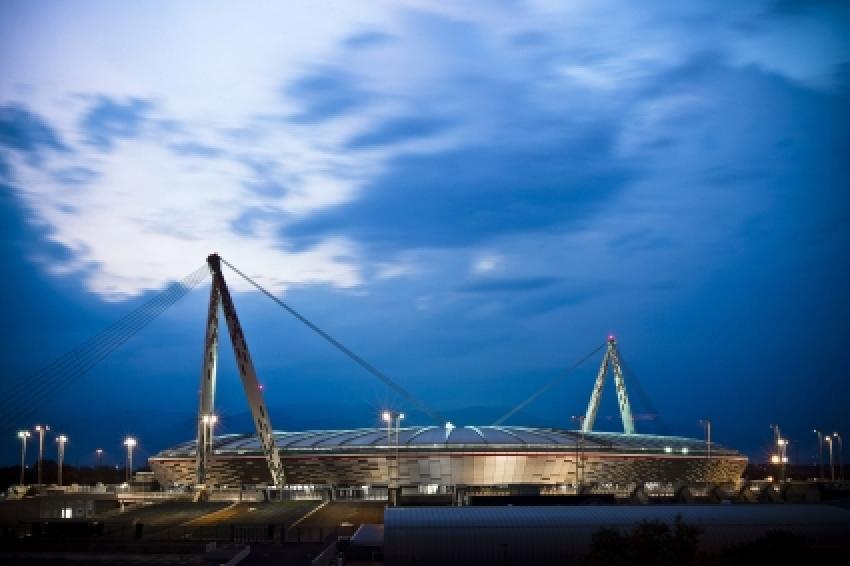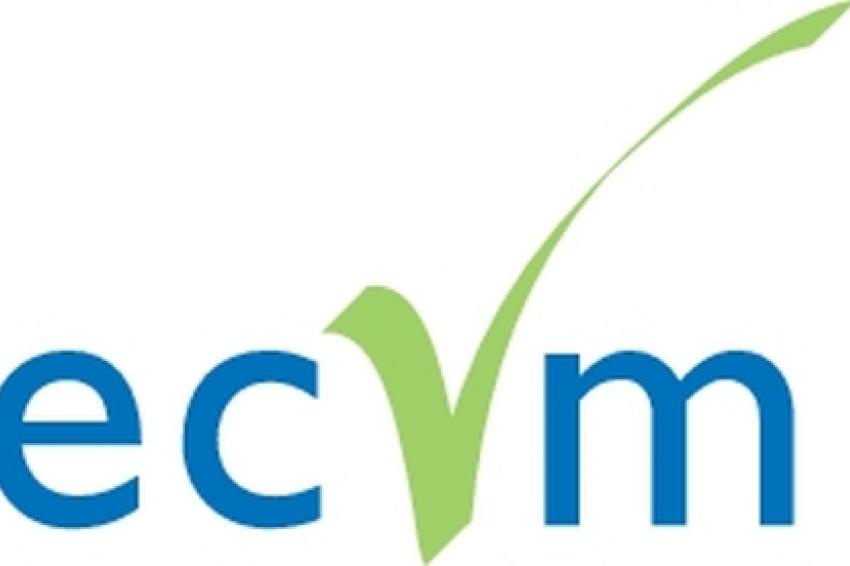100 Years of PVC
The European Polyvinyl Chloride Industry’s Journey from Patent to Sustainability
Polyvinyl Chloride (PVC) has come a long way since the German inventor Friedrich Klatte received the first patent for PVC in 1913. PVC's journey to becoming the world's third largest-selling plastic has not always been easy. In the past century a lot has changed in the way PVC is manufactured and used, especially in Europe where the industry is fully devoted to rendering PVC a truly sustainable material that can drive the transition towards a greener economy.
Like many great things in life, Polyvinyl Chloride - PVC - was first created thanks to multiple and accidental discoveries in different places at different times during the 19th century. However, it was not until 1913 that Friedrich Heinrich August Klatte from Germany became the first inventor to receive a patent for PVC with a polymerization method for vinyl chloride using sunlight.
From the Lab to Mass Production
Despite being one of the oldest synthetic materials in industrial production, PVC's early history was not characterized by successful commercial applications. The material was difficult to work with and a long way from the versatile polymer it has become today. In fact, no real useful purpose for PVC was found until the 1920s when Waldo Semon, an American industrial scientist, made PVC a more functional material while trying to create a synthetic replacement for natural rubber, which was becoming increasingly costly.
Sales took off eventually when PVC started being used as a water resistant coating for fabrics. Demand accelerated even more during the Second World War when it became the standard insulation for wiring on military ships, thanks to its superior safety and non-flammable electrical properties.
On the Road to Stardom
Over the next decades, many more companies started to produce PVC and volumes increased dramatically around the world. Developers quickly found further, innovative uses and refined manufacturing methods to improve durability, opening the door to applications in the construction sector.
This plastic's resistance to light, chemicals and corrosion made it the best option for building applications such as window profiles, roofing membranes or wall coverings. Enhancing the material's resistance to extreme temperatures enabled PVC to be used in piping water to thousands of homes and industries.
Its low cost, excellent durability and light weight continue to make it the material of choice for dozens of industries including health care, IT, transport, textiles and construction. Few other materials are as versatile or able to meet such demanding specifications. A great example is the 2012 London Olympic Games; more than 140,000 m2 of PVC were used in a number of sports facilities and buildings including the Olympic Stadium.
What Makes PVC Special?
Modern PVC is a thermoplastic made of 57 per cent chlorine (derived from industrial grade salt) and 43 per cent carbon (derived predominantly from oil/gas via ethylene). It is less dependent on crude oil or natural gas than other polymers and therefore can be regarded as a natural resource-saving plastic.
In addition, most PVC products are long-lasting - in some cases more than 70 years - providing a reliable service through their entire life-span and cutting down massively maintenance and repair needs, as demonstrated in a 2011 study commissioned by the European Council of Vinyl Manufacturers (ECVM). This analysis, which looked at window frames, flooring and pipes, showed that PVC provides decisive cost advantages, not only in its low initial purchase and installation price but also throughout the lifetime of the product.
Affordability is without a doubt one of the key success factors for this polymer. Research carried out in the UK by the Stockton-on-Tees Council has shown that twice as many PVC windows can be installed as timber windows for the same price. Another UK study done by the Brighton and Hove Council found that using PVC products instead of alternatives helped a municipality to save £36m (€44 million) over a period of five years.
Market Evolution in Times of Crisis
According to market research published by companiesandmarkets.com, global demand for PVC has risen from 22.2 million tonnes (mt) in 2000 to 32.3mt in 2011 and is expected to top 49mt by 2020. Construction, packaging and electrical applications account for 17,9mt, 3,6mt and 2,7mt respectively, around 75% of global PVC demand.
Asia is currently the region with the highest commercial potential. Although demand in developed countries such Japan has stabilized, the growing economies and populations of booming countries such as India and China will require increasing volumes of PVC in the near future. Latin America and the Middle East - as a major hydrocarbon-producing region - also present substantial opportunities for expansion.
In the current economic climate, market growth forecasts for Europe seem to be stabilising but there is certainly hope for such a dynamic and committed industry which is working hard to improve the way PVC is manufactured. Its on-going sustainability efforts are a perfect fit for important EU policies such as the "2020 Resource Efficiency Flagship Initiative" or the "Energy Roadmap 2050". They aim at increasing resource efficiency as a way to create jobs and new opportunities for Europe, improve productivity, drive down costs and boost competitiveness while minimising energy consumption and greenhouse gas emissions, all of these objectives very much aligned with the work of the European PVC sector.
The Road to Sustainability
PVC's century of history has not been without controversy. Twenty years ago PVC came under the spotlight due to concerns about the way it was produced and disposed of. Scientific investigations and the implementation of new industry initiatives have helped to reassure users and consumers. In addition, Life Cycle Assessment and eco-efficiency studies have showed that for many applications, PVC's environmental performance is comparable to or even better than alternative materials.
In Europe in particular, programmes such as VinylPlus and its predecessor Vinyl 2010, have boosted the industry by improving the way PVC is manufactured and increasing collection and recycling. Since Vinyl 2010 was launched in 2000, more than one million tonnes of PVC has been recycled in Europe (257,084 tons in 2011. Problematic additives such as cadmium stabilizers have been phased out. Lead stabilizers will have been completely substituted by 2015.
The Future Ahead
The entire European PVC industry value chain, from resin to additive producers and converters, will continue working together under the VinylPlus program launched in 2011. Following a pioneering open process of stakeholder dialogue based on The Natural Step System Conditions for a Sustainable Society, the industry has identified a series of key challenges in the following areas - emissions, energy and raw material consumption, recycling and sustainable use of additives.
VinylPlus' vision is well-captured in the topic chosen for its 2013 annual event - "Smart, sustainable and inclusive growth for Europe and beyond" - which also reflects the desire to consolidate what has been accomplished while it continues to expand to other countries. Only by uniting efforts and working together with a common set of objectives can the PVC industry guarantee many more centuries of economic prosperity delivering essential products for everyday and industrial applications. Friedrich Klatte would be certainly proud to see how far his invention has come.
www.pvc.org
www.vinylplus.eu









